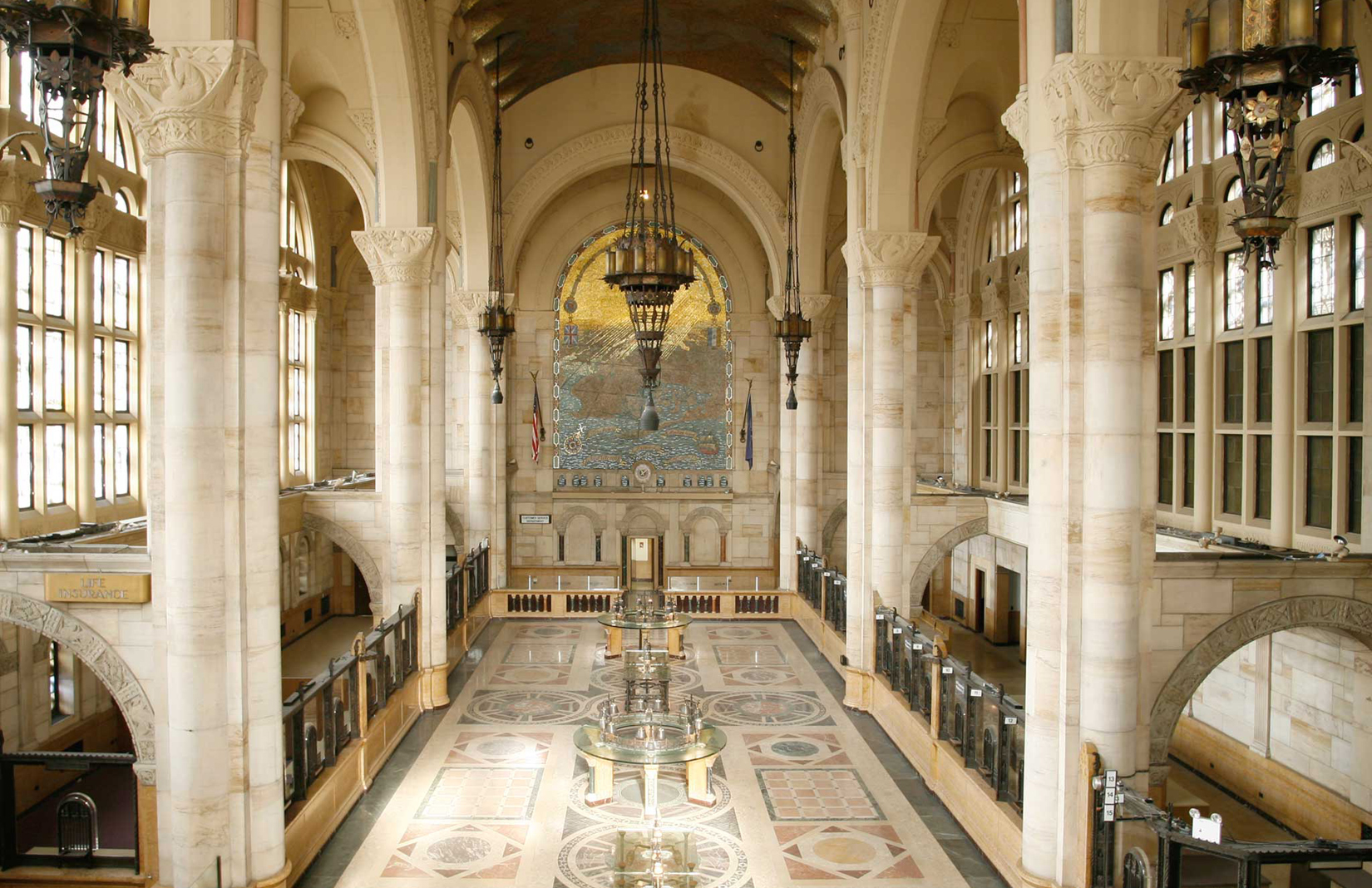
‘Everyone is seeking inspiration,’ says Jennifer Blumin. ‘Ideas don’t just come out of the air.’ Or out of a pristine white box. Blumin is offering an antidote to architectural blank slates in the form of urban spaces that are infused with history. As founder and CEO of New York-based Skylight Group, she specialises in ‘taming’ historic spaces and giving them new life as character-laden event venues. The growing Skylight portfolio, which includes the new homes of New York Fashion Week, comprises spaces that are as beautiful as they are functional.
‘I’m more attracted to an industrial interior than a Beaux Arts exterior,’ confesses Blumin. ‘I like the crazy contrast of walking into a building like Skylight at Moynihan Station [pictured, below] – with an inspiring inscription over the entrance, Corinthian columns, such grandeur – and entering an industrial reality. You see the simplicity and functionality, and those are bones to build upon.’
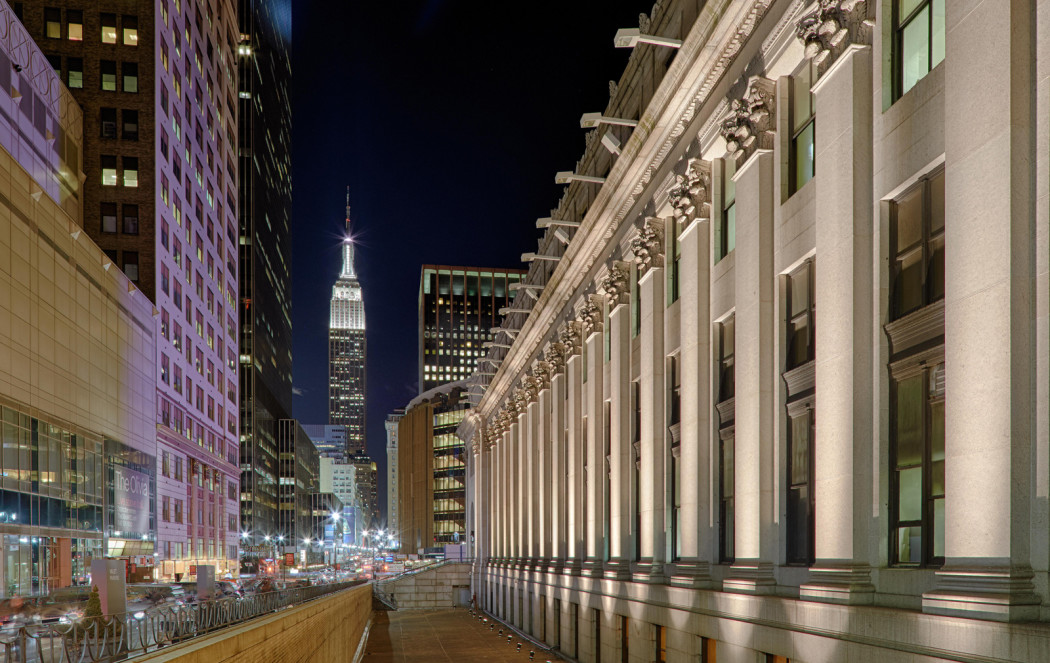
Skylight Moynihan – designed by McKim, Mead and White – sits within the James A Farley Post Office. It features a Beaux Arts exterior and raw industrial interior.
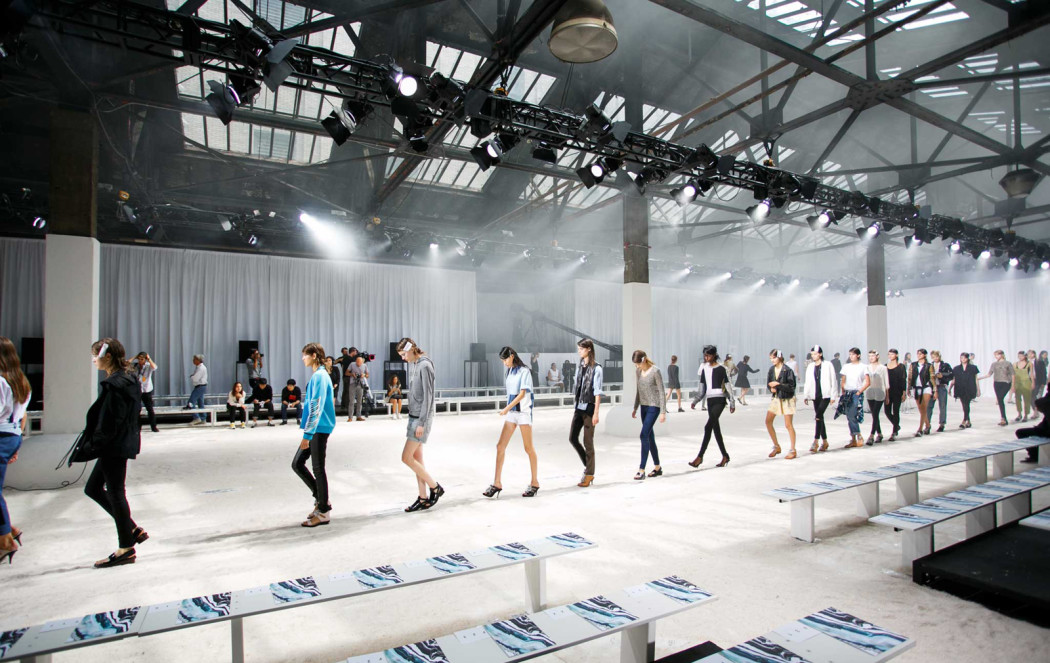
Skylight Moynihan will also host NYFW in September. Photography: Allan Zepeda
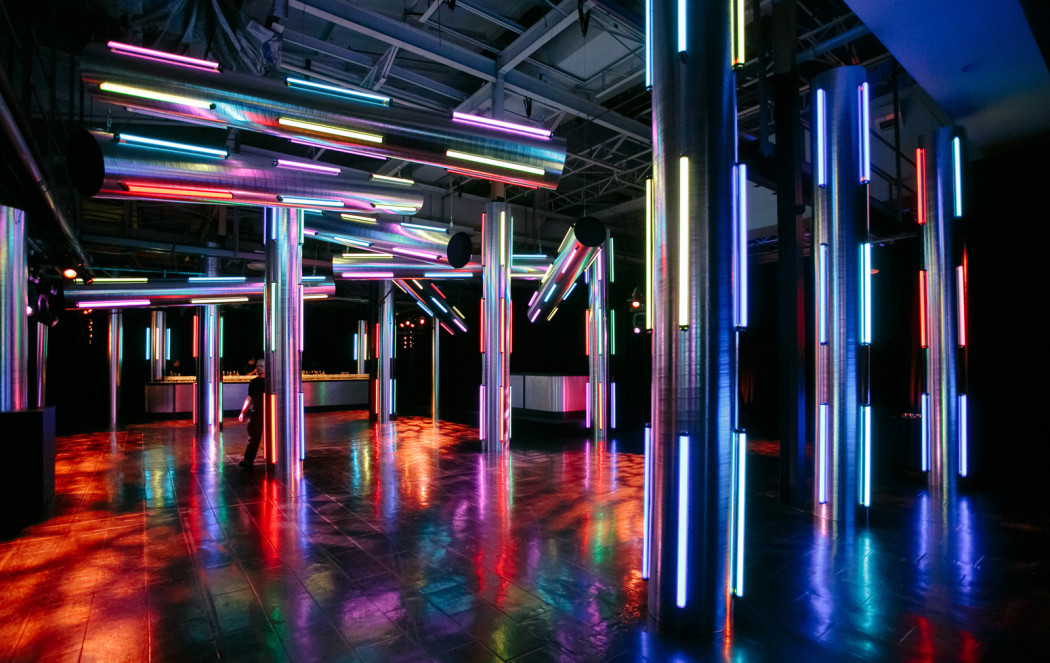
A lighting installation in Skylight Moynihan. Photography: Allan Zepeda
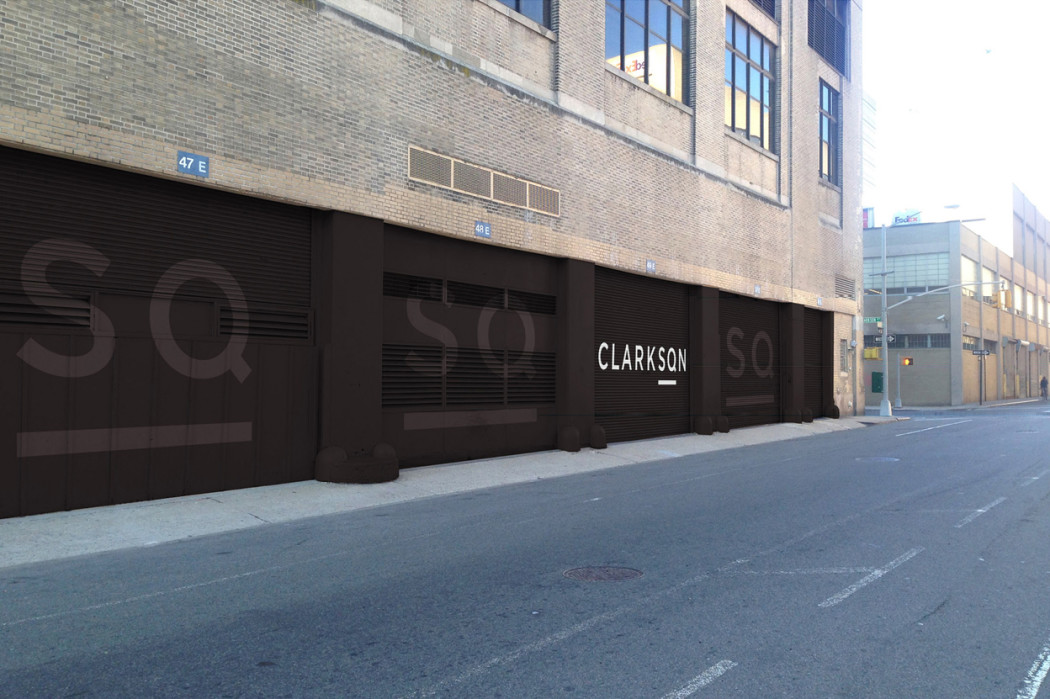
Skylight Clarkson Sq is one of NYC’s largest event spaces at a colossal 60,000 sq ft.
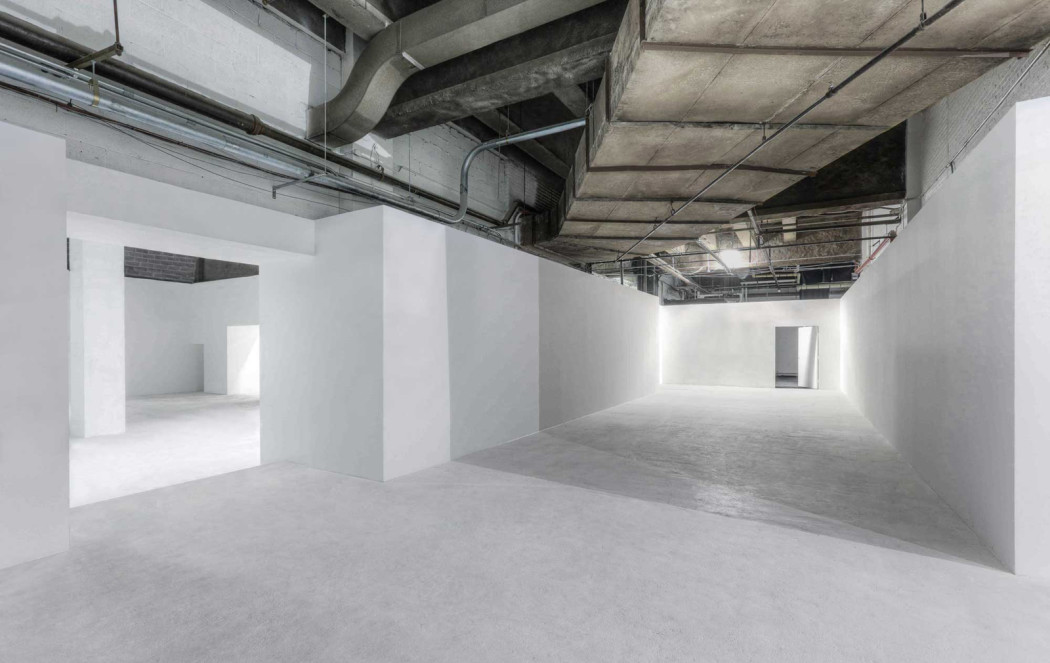
Skylight Clarkson Sq.
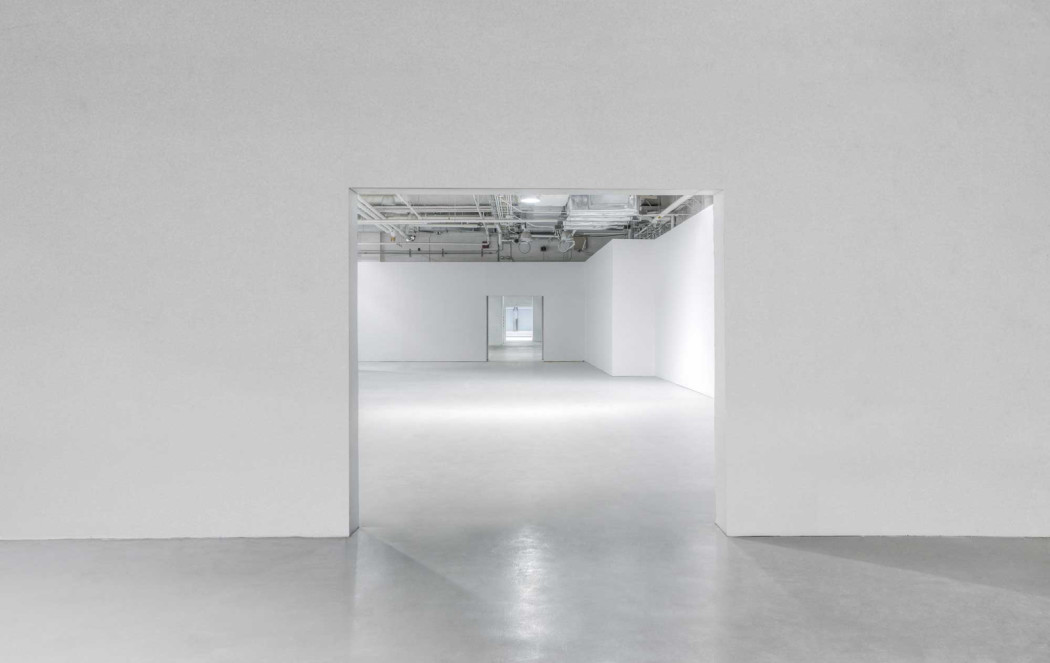
Inside Skylight Clarkson Square. The building once served as the highlight’s southernmost terminal. From September, it will be home to New York Fashion Week.
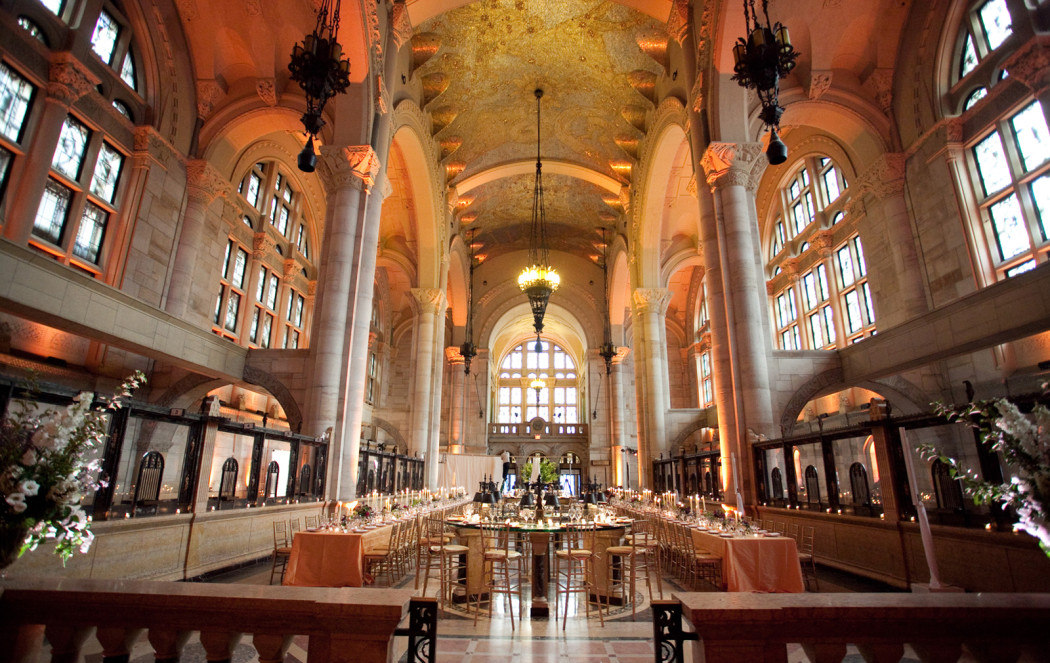
Skylight One Hanson is one of Brooklyn’s Art Deco masterpieces. It is located inside the world-famous former Williamsburgh Savings Bank Clocktower. Photography: Allan Zepeda
As the company prepares to expand into San Francisco, Blumin spoke with us about the origins of Skylight Group, her unique version of adaptive reuse, and the next city in her sights.
When did you become interested in historic buildings and their roles in cities?
I grew up in Ithaca, a small town in central New York state. But my father [Stuart Blumin] is an urban historian so there was so much dinner table conversation about cities that I really didn’t share while growing up. I understood what he was talking about, but I hadn’t lived it. It wasn’t until after graduating from college and moving to New York City in 1999 that I first lived in a city and began to appreciate how a building can tell the story of a city’s history, how it speaks to you through its bones.
You created Sky Studios in 2000 out of a hat factory-turned-apartment-turned-event space. What led you to take the next step and launch the company that became Skylight Group?
That first project was how I learned about the event industry and, as a case of adaptive reuse, it is the ultimate in inspiration — the idea of taking something from the past, infusing it with a modern aesthetic, and doing this in a very tasteful fashion. I didn’t go out on my own until 2004, when I started Skylight Soho, which was in a former longshoremen’s meeting hall. I didn’t think people would like it as much [as Sky Studios], but I was surprised that the more innovative, production-driven companies wanted to add their own layers to the space. It was raw, with beautiful bones, so we renovated the building, allowing companies to build their own experience within it.
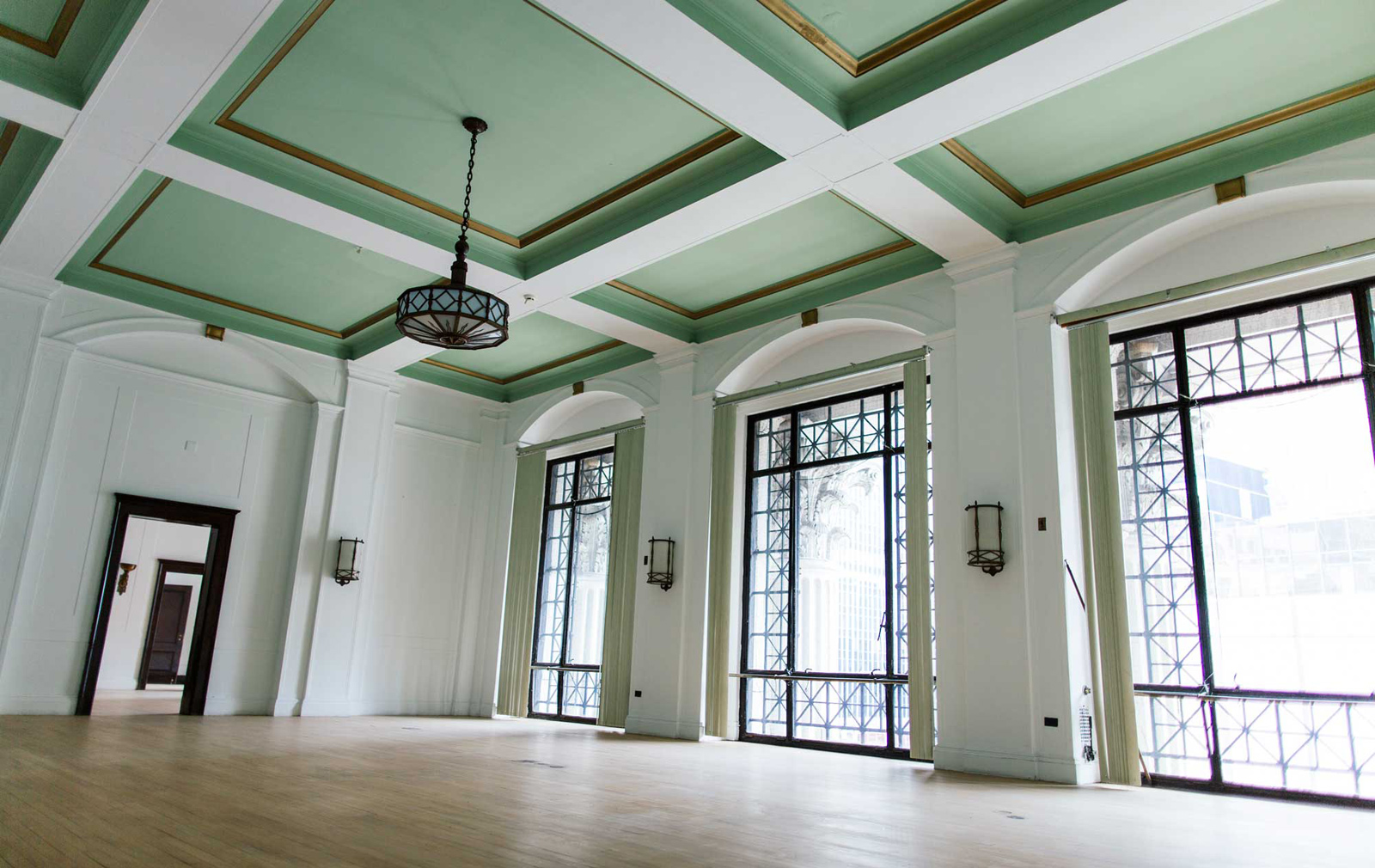
How do you define ‘adaptive reuse’? Is it at the core of your business?
It’s a term that’s thrown around a lot. I think it has different meanings depending on who you’re talking to. What I find interesting about the concept of adaptive reuse and reactivation is the idea of taking a city’s beautiful buildings, and channeling their history to a new use, but one that doesn’t overly fetishize the past. It simply draws inspiration from it to inform the future.
That was my path in figuring out what to do. The business came second, because that wasn’t natural to me. I wasn’t running focus-groups and all of that – it started as a labour of love that happened to be something that other people shared and believed in as well.
It was announced last month that New York Fashion Week is moving from Lincoln Center to Skylight at Moynihan Station and Skylight Clarkson Square. How do you think these venues will affect the atmosphere of the shows come September?
There’s a gravitas that comes from brick and mortar bones. While a tent might be a blank canvas, it’s ephemeral — pitched up, taken down — and not grounded in New York’s history and culture. I believe these historical backdrops will be a much-needed grounding mechanism that will elevate New York Fashion Week to art instead of fad. In this context, it won’t be a fleeting flash in the pan, here today, gone tomorrow, like those tents. When you’re tethered to the past, the whole story flows together much more easily.
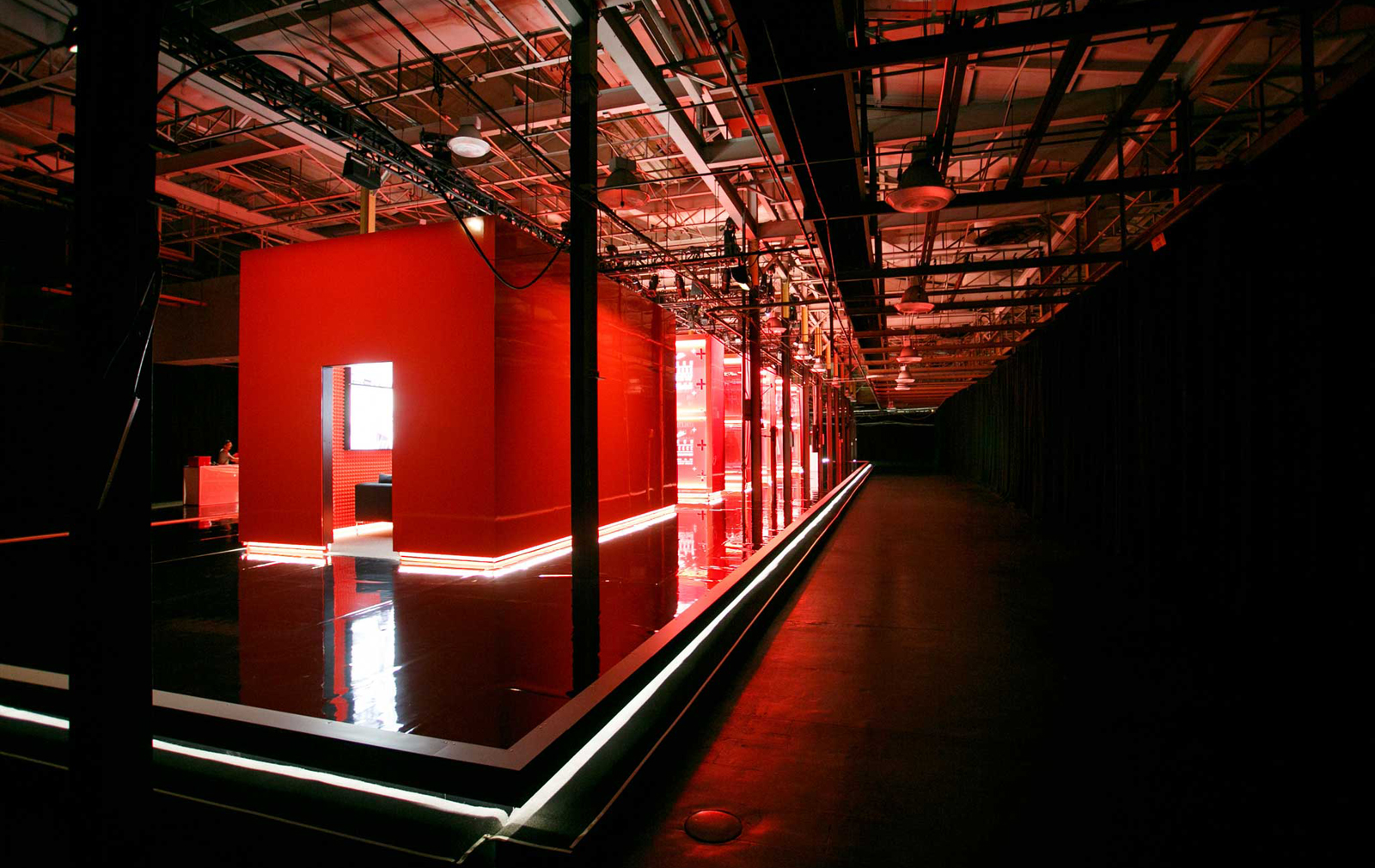
What are some of your favourite aspects of the buildings themselves?
Skylight at Moynihan Station is within the historic James A Farley Post Office building that is also in the process of being turned into a train station. One of the building’s most inspiring attributes is the black floors of the former mail sorting room. They’re this unique glossy black because this was considered the best surface on which to sort the mail. So polishing those floors, bringing them back to life, that was where we spent our money in bringing the whole space back.
Skylight Clarkson Square is where the High Line once finished, and you can see on the second floor the train tracks running through the building. Our ceiling goes up and down because the train tracks dipped down for unloading. So fashion week is moving from tents to these pieces of history that also tie together with each other if you spend a little bit of time trying to connect the dots.

Now you’re involved with the project to rehabilitate San Francisco’s Pier 38. What led you to branch out to the West Coast?
Clients had been asking us to go San Francisco for a long time because of the rise of the tech industry, and there really wasn’t an event space of the caliber that we see in New York. In 2013, I won an Ernst & Young Entrepreneur of the Year award and that has been a great source of introductions — it was at a conference that I met the head of the developer, TMG Partners, who ended up getting the Pier 38 project.
In San Francisco, the piers have been sitting there in various stages of neglect, and they are spectacularly beautiful. We’re very excited to be turning a pier into a high-end event venue of the Skylight type. And we’re looking for more projects, because there is so much there that’s been completely overlooked. The piers all have beautiful buildings on them.
Do you have your eye on any other cities — or perhaps countries?
Right now we’re expanding as a reactive move. I think that there’s going to be a point where we begin proactive expansion and it will be in cities where culture, media, and business converge. That’s what creates the need for these narrative-driven events and those are the right ingredients. So for example, if we were doing this in Brazil — which I would love to do — we would choose Rio over Sao Paulo. The right convergence is also there in London. The city is primed for this, and when and if I have time, that’s where I would turn my focus to next.




